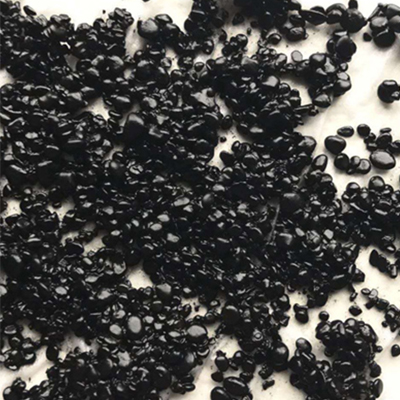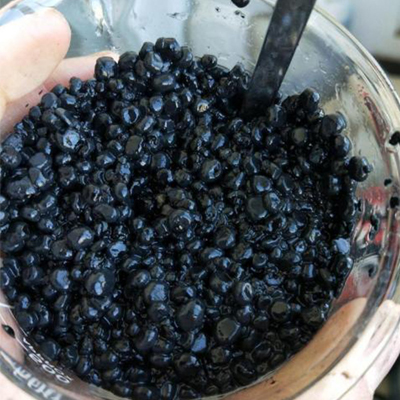Advantages of Using Bacteria For Wastewater Treatment
Microorganisms naturally present in the wastewater environment play a vital role in the wastewater treatment process. Beneficial bacteria, protozoa, post-zoa, algae and fungi feed on the organic matter in the wastewater and break it down. The bacteria clump together or flocculate, forming a mass that settles and separates from the wastewater liquid. This settled material is called sludge. We will
Microorganisms naturally present in the wastewater environment play a vital role in the wastewater treatment process. Beneficial bacteria, protozoa, post-zoa, algae and fungi feed on the organic matter in the wastewater and break it down. The bacteria clump together or flocculate, forming a mass that settles and separates from the wastewater liquid. This settled material is called a zinc kettle supplier. We will discuss wastewater bacteria specifically.
Aerobic, anaerobic and parthenogenic bacteria
Bacteria make up 95% of the microorganisms in wastewater. They are single-celled microorganisms and are classified according to their response to oxygen.
Aerobic bacteria use mechanically added oxygen to break down wastewater pollutants, converting them into energy. The bacteria use this energy to grow and multiply. Anaerobic bacteria obtain oxygen from their food source. When anaerobic bacteria break down sludge, they produce methane gas.

Anaerobic Granular Sludge
This methane gas can be used as an alternative energy source, called biogas, to fuel the wastewater treatment process. Anaerobic bacteria can also be used to reduce phosphorus levels in wastewater. Although they prefer oxygen, parthenogenic bacteria can switch between aerobic and anaerobic forms depending on the environment.
Bacteria consume organic material
Bacteria consume biodegradable organic materials, including proteins, carbohydrates and fats, through adsorption and uptake.
Food to microbial ratio
The amount of food available to microorganisms is calculated by the ratio of food to microorganisms (F/M) The F/M ratio is the measured value of food entering the system divided by the microorganisms in the system (measured in pounds). This is determined by dividing the BOD/COD test result by the mixed liquor volatile suspended solids (MLVSS).
If the mix is not maintained long enough for nutrient levels to drop, a high F/M ratio will develop in which bacteria will disperse and continue to multiply and move around. This prevents floc formation, which can lead to settling problems and turbidity of the effluent. Only when nutrients are limited can bacteria form a slime layer and clump together to form flocs.

Anaerobic Granular Sludge
If the F/M ratio is too low, nutrient deficiencies may occur. An environment deficient in phosphorus, nitrogen and/or sulphur can interfere with the development of cell walls and create water resistance, leading to floc dispersion, sludge swelling and blistering. Nutrients have difficulty penetrating the cell wall. Mucus swelling may occur in environments lacking phosphorus or nitrogen or with high organic acid content.
Bioremediation
F/M ratios can be adjusted by bioremediation, a process of treating wastewater to promote the growth of existing microorganisms. Through biostimulation, supplementary nutrients, vitamins, minerals, organic acids and pH buffers are introduced into the wastewater to create a pleasant environment that stimulates naturally occurring microorganisms. Bioaugmentation, the addition of microorganisms, can be used to restart the activated sludge system or to help break down target pollutants.
Bioremediation increases the biological oxidation of wastewater and reduces levels of grease, sludge and odour in wastewater treatment plants, lagoons and ponds. Bioremediation is used to help degrade heavy metals, petroleum compounds and hazardous waste. Biostimulants and bioaugmentation products help to reduce wastewater toxicity, sludge treatment costs and electricity use.
Conclusion
Bacteria break down organic matter in wastewater and form flocs that separate solids from liquids. Controlling the F/M ratio - an important component of creating a favourable environment for wastewater bacteria - can be achieved through the use of bioremediation products.
The presence and activity of bacteria and other microorganisms indicate the condition of the wastewater throughout the treatment phase. Check next week for biological indicators of wastewater.